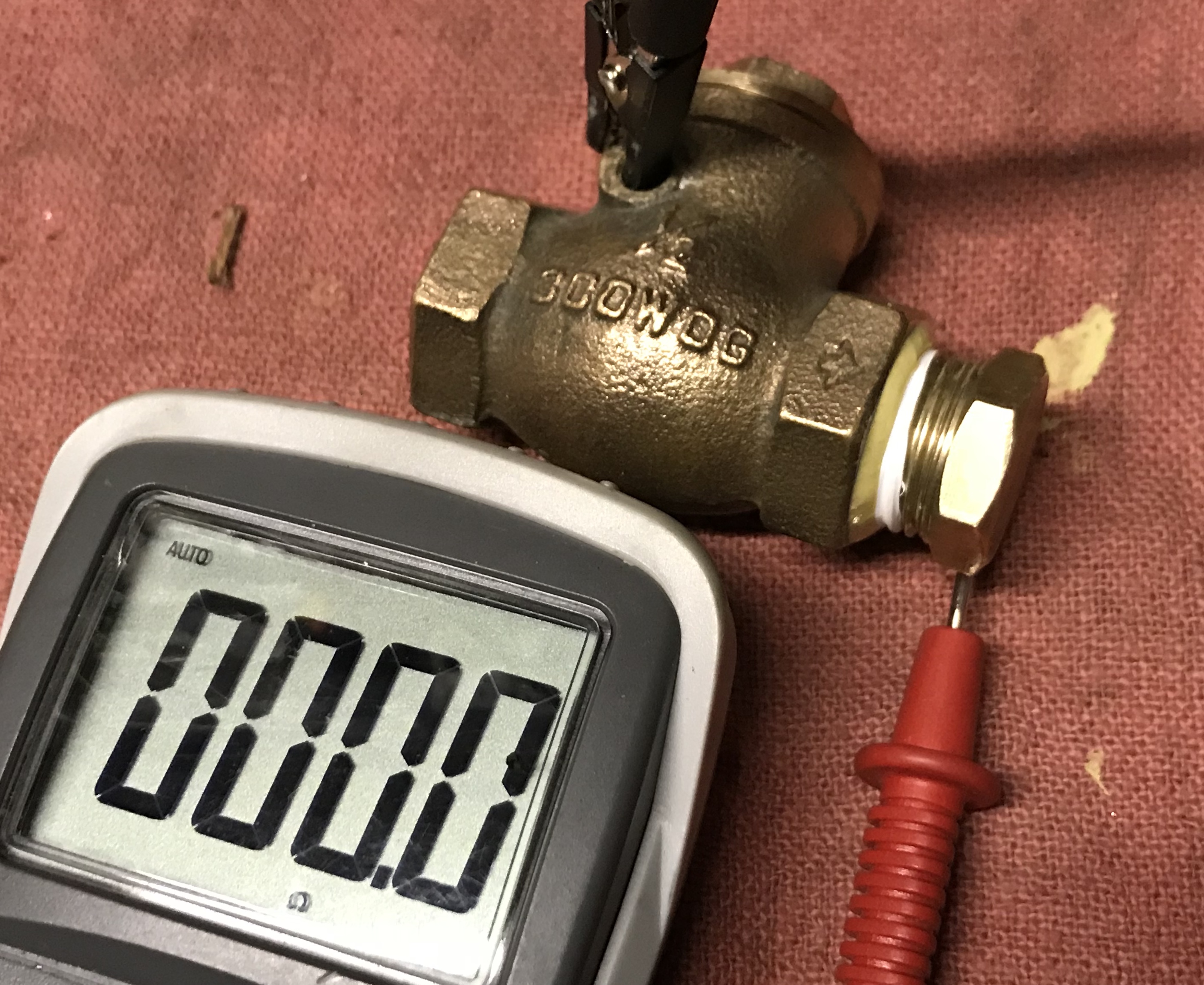Gray Dog
Veteran Member
I haven't been able to find aluminum pencil anodes - even at BoatZincs.com. Instead I have gone to using magnesium in fresh water and zinc in salt water. Aluminum for the shaft and transom are readily available at BoatZincs.
I haven't been able to find aluminum pencil anodes - even at BoatZincs.com. Instead I have gone to using magnesium in fresh water and zinc in salt water. Aluminum for the shaft and transom are readily available at BoatZincs.
If you look at the newer cummins they have plastic end cap on there heat exchanges so no contact with the metal at all to earth out??

Perhaps the galvanic currents travel through the ionic liquids, the coolant. If you put an anode in water does it corrode? If it does and its surrounded by a more noble metal must offer protection otherwise Cummins would not bother doing it.
